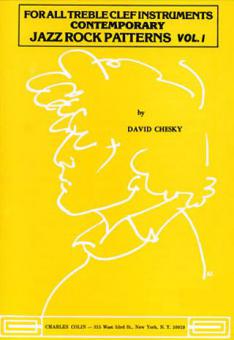Lifelong sax player here who doubles pretty well on flute but never quite got the hang of clarinet after years of dabbling on and off. I'm still very slow at reading the lower register since it's different from sax. I can get across the break pretty well. I also need to work on C#-G above the staff. Other than being kind of a slow reader, my tone, embouchure and technique are pretty good. I'm sure if I really buckle down and put in the time, I'll get it. But I want to take the most efficient approach going through this book.
I have a PDF of the Klose method (Klose's Conservatory Method for the Clarinet, 191 pages) and have gotten through the first 50 pages or so. My question, is the Klose book written in a way that a beginner can just go straight through the book, or should I skip around to concentrate on certain basic skills/exercises first or in a certain order (alluded to above). If I should skip around, what exercises/pages should I concentrate on first, and then what order as I progress?
Big question I know, but am hoping some teachers out there have some approaches already mapped out that they wouldn't mind sharing.
Thanks
I have a PDF of the Klose method (Klose's Conservatory Method for the Clarinet, 191 pages) and have gotten through the first 50 pages or so. My question, is the Klose book written in a way that a beginner can just go straight through the book, or should I skip around to concentrate on certain basic skills/exercises first or in a certain order (alluded to above). If I should skip around, what exercises/pages should I concentrate on first, and then what order as I progress?
Big question I know, but am hoping some teachers out there have some approaches already mapped out that they wouldn't mind sharing.
Thanks



